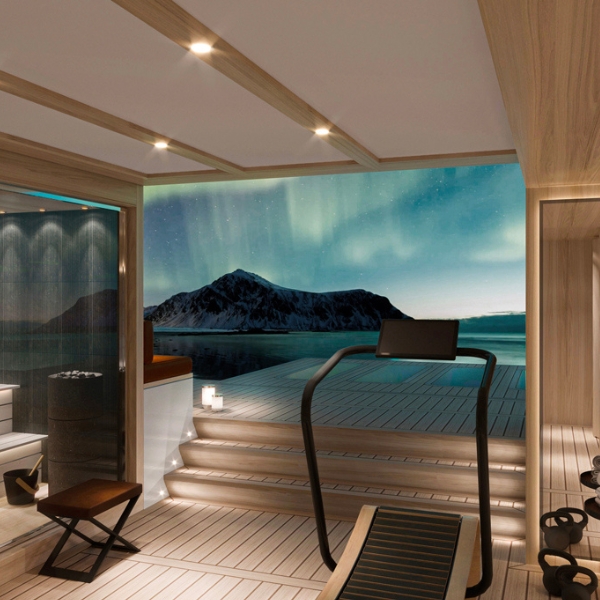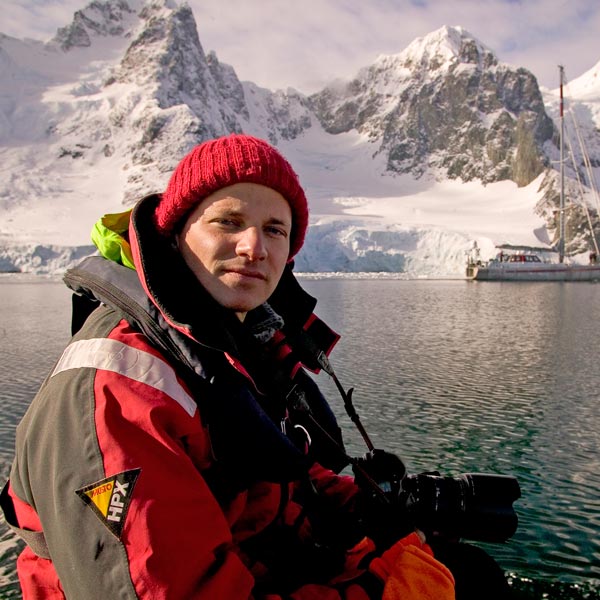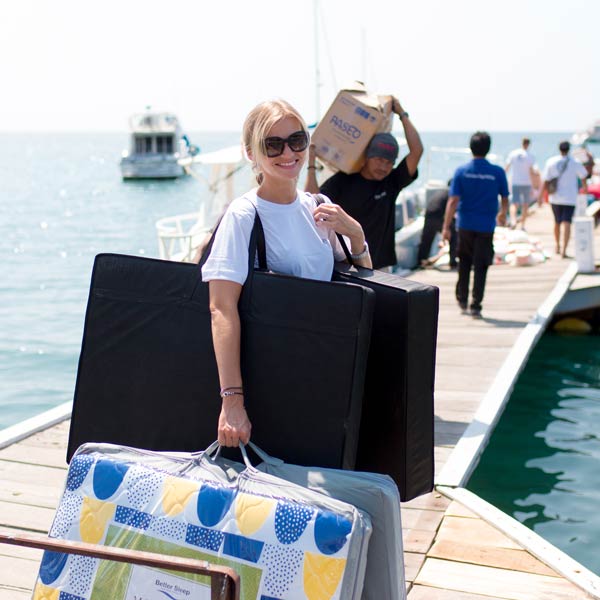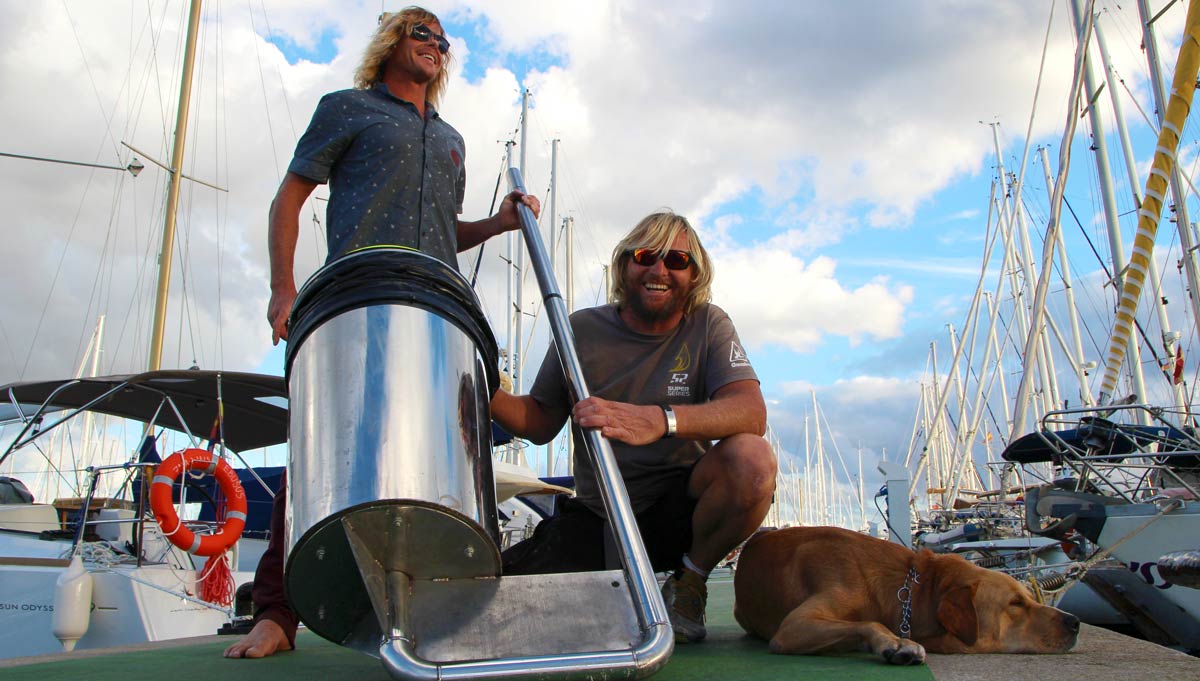
Pete Ceglinski and Andrew Turton

Pete Ceglinski and Andrew Turton
The floating rubbish bins helping to clean up marinas
What happened when two surfers quit their day jobs to save the oceans.
Imagine a floating rubbish bin that could pick up half a tonne of debris every year, including those pesky microplastics. Now imagine these miracle bins could be installed in marinas and yacht clubs all over the world, sucking out pollutants and leaving the water clear and clean. Pete Ceglinski and Andrew Turton imagined it – and then they quit their day jobs to make it happen. Today, their Seabins can be found everywhere from St Katherine’s Docks in London to the Singapore Yacht Club.
“Andrew had a very lateral thought of, ‘if we have rubbish bins on land, then why not in the water?’” explains Ceglinski, a keen surfer and former product designer. “He needed help to take it forward and for me, it was a light bulb moment.” It was second nature for Ceglinski to take an idea and turn it into a reality – so the pair joined forces – driven by a shared love of the ocean.
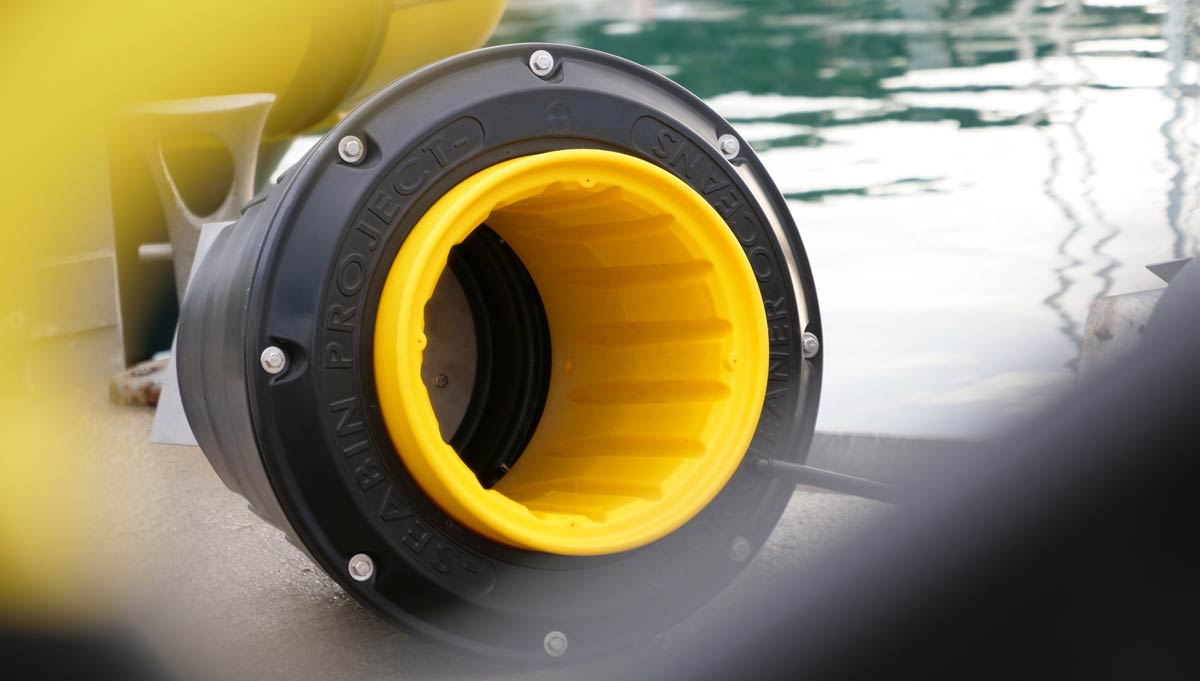

“I used my skills with 3D design and engineering to fast track the design process, then I bought a 3D printer to fast track the prototyping stage,” says Ceglinski. The device works by sucking in water from the surface and passing it through a bag with a submersible water pump. The water is then pumped back into the marina, leaving the debris trapped in the catch bag. For the prototype, they built a mini Seabin in a fish tank using a mini water pump to check for tolerances. “That saved us a lot of money and time,” adds Ceglinski. But it wasn’t to be plain sailing.
The initial response to the concept was eerily quiet. For Ceglinski, who had pumped his life savings into the project, it was terrifying. “There was no interest at the start,” he recalls. “It was the most stressful and challenging thing I had ever done.” Whilst there was media all over the place shouting about solutions to the ocean plastic problem, none of them seemed to care about the Seabin. “I was in their faces, telling them I had an effective solution,” says Ceglinski. “But some of them even blocked me from messaging them.”
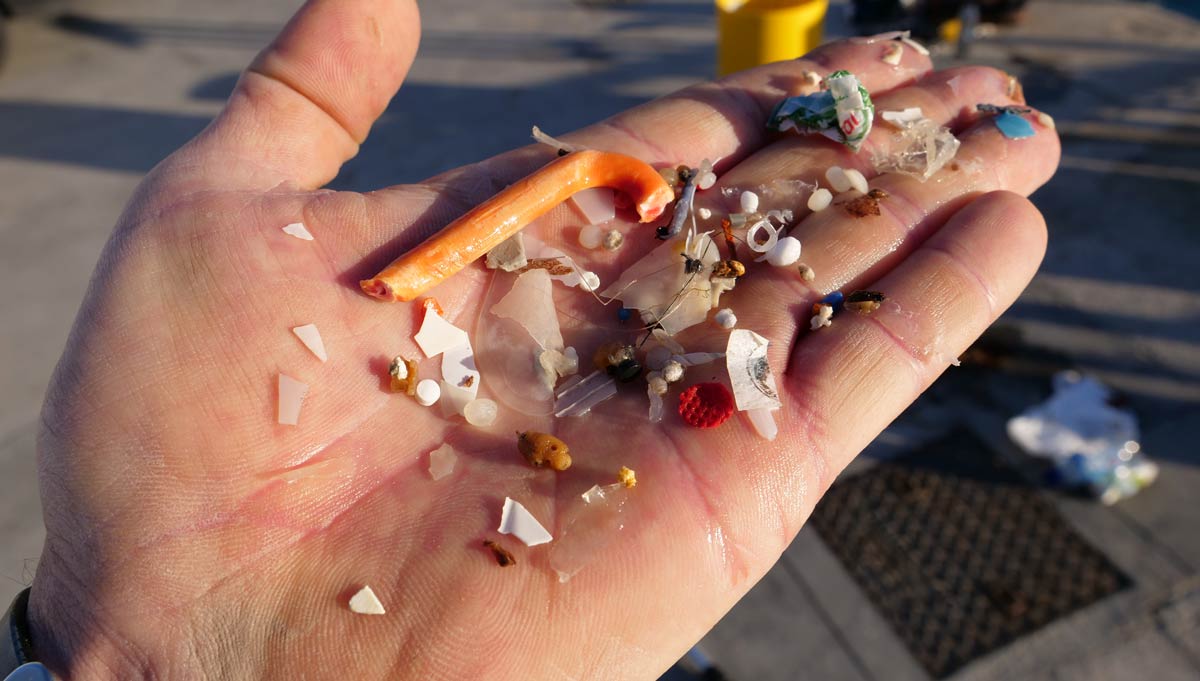
Debris caught in a Seabin

Debris caught in a Seabin
Eventually, a French blogger took up the story and got over a million hits. After that, things snowballed. A crowdfunding video they had made explaining their product and purpose got over a billion views. “We got approached to monetise the views, but we said no and made our video available for anyone to download,” says Ceglinski. The decision paid off. Their crowdfunding campaign eventually raised $360,000 and in 2017 the first Seabin was installed at La Grande Motte, a progressive city and government-run marina in southern France. “The pumps transformer blew up right after the press left,” recalls Ceglinski. “Talk about good timing! But we have since fixed all the issues we encountered from our first prototype.”
Marinas, yacht clubs and ports are the intended environment for the Seabin. Away from ocean storms, in a controlled environment, they can get to work picking out everything from cigarette butts and plastic fragments to bottle tops, oil and plastic bags. “Another benefit of having them installed in these locations is that people can see first-hand what is in the water they are swimming in,” says Ceglinski. What better way to inspire change than to showcase on site the rubbish that is being dumped into the water on a daily basis?
There are now over 5000 orders for Seabins from over 300 marinas worldwide, which in theory would have the capacity to clear up 70,000 tonnes of marine debris a year. St Katherine’s Docks in London is one of the latest to get on board with the product. “We have been following the success of the Seabin project for quite some time and are delighted to have three Seabins as part of our continuous effort to maintain a sustainable marina,” says Paul Tetlow, marina manager. “We are always looking at ways in which we can support sustainability initiatives and help to fight plastic pollution in the oceans.”
The founders have goals beyond big numbers, however, and their Seabin Global Ambassador programme speaks to what they feel is an additional, educational role. “We have set up the program to encourage people to get involved and be ambassadors for the oceans,” says Ceglinski. “We have corporates, schools and sports clubs involved in the educational activities, data collection and community events. In our eyes, these kids are the real ambassadors.”
The end goal? “We’d like to create a world where we don’t need any Seabins,” says Ceglinski. Obsolescence might seem a contradictory target for a start-up, but it actually fits the company mission perfectly. “Imagine a pollution-free ocean for our future generations,” he says. It really is that simple.

